Newcomers to SDR receivers can become confused with all the talk of filters. In a traditional hardware radio, it’s pretty obvious what was in hardware, since usually there were selection options which used physical switches. As radios started to use microcontrollers and LCD panel displays, these selection options appeared as menu options and were nicely labelled as “Modes” ( including audio passband filters for say AM, FM, USB, LSB and CW) or NB (noise blanker) and so on. In these examples, the filtering needed to do the frequency selection or “tuning”, was typically free from user control other than simply selecting the desired frequency of the signal of interest.
However, when using a computer-based SDR receiver, the radio is a combination of the hardware and a separate computer running most of the software. With a simple dongle SDR, then there is no on-board filtering to worry about, but with a good wideband SDR like the SDRplay RSP, there are many different filters built in, some of which we shall try to explain here. Using our own windows-based SDRuno SDR software as an example, then here’s a summary of the different types of filters which crop up:
The “Front end” filters, commonly referred to as “preselect” filters”, are needed to significantly reduce the chances of spurious signals appearing due to the mixing together of significantly out-of-band- signals with each other and/or the local oscillator in the RSP. We subdivide the 2GHz spectrum of the RSP into 10 or 11 frequency bands; and depending on where in the spectrum you are tuning, the SDRuno software will automatically switch in the appropriate band. This can result in anomalies occurring when tuning close to these band edges. For example on the current version of the scanner, the RF gain may auto-adjust when scanning across such a band boundary. However in general, the user does not need to worry about controlling these front-end filters.
The exact band definitions depend on which model of RSP you are using, and the frequency ranges are listed in the datasheets as shown in the RSP1A example below (these can be downloaded under Documentation and Datasheets on https://sdrplay.com/downloads/ ) :
The Broadcast Band Notch filters are filters which will filter out the AM and FM bands (“MW/FM” button) and/or DAB (200MHz digital) broadcast bands. These can contain extremely powerful local transmissions which can lead to spurious mixing products – these are selectable in the SDRuno software as indicated in the picture below (exactly which filters are available, and their characteristics are shown in the datasheet for each specific RSP – again, these can be downloaded under Documentation and Datasheets on https://sdrplay.com/downloads/ ) :
Cheaper 8-bit dongles typically do not have either front-end filters or broadcast band filters included.
So those are the Hardware filters. Now let’s look at the main software filters.
Accessible from the Receiver control panel in SDRuno, are the most popular analogue demodulation filter “Modes” (like FM and AM) and “Sub modes” (like USB or LSB) and options to bypass the demodulation altogether for piping the audio out to a digital decoder (The button labelled “Digital”). Each of these comes with a choice of preselected audio filter bandwidth (e.g. AM/USB has an 1800Hz default). If desired, the user can modify this even further, by dragging the filter skirts on the SP2 (second spectrum display) window.

For suppressing unwanted signals close to the desired signal. the receiver panel offers four Notch Filters. Each notch filter can be enabled/disabled by a button in the RX Control panel. The notch filters bandwidth & frequency settings are available in the receiver “EX Control” panel shown above. (This supplementary window pops up when you press the “EXW” button on the receiver panel) but there are several ways to use these in practice. Notches 1 and 2 can be set directly by simply shift+clicking on the unwanted signal in the SP2 window. This is where the video guides come in very helpful. In particular, the latest SDRuno basics video by Mike shows you how to use them on real signals: https://youtu.be/5K92dG2sedw
Another very powerful filter is the Wideband Noise Filter and this is proving more and more important for people with indoor HF antennas where EM noise pollution, particularly from Broadband Internet signals over copper wires is a growing menace. This is the “NBW” (Noise Blanking-Wide) button on the receiver panel and this is another example of where a video really helps to see how powerful this is. You will see how signals can be pulled out of the noise, by careful use of the NB slider in the “EX Control” panel. Here’s the link to Mike’s latest video on this at the time of writing: https://youtu.be/dFbxknCqvDo
For completeness I should also mention the IF (Intermediate Frequency) filters which are automatically selected according to whether you select “zero IF” or “low IF” and corresponding sample rates.
Links to all our product and tutorial videos, along with videos by other user and documentation links can be found in our searchable Apps and Support Catalogue: https://sdrplay.com/apps-catalogue/
Mike is open to creating new videos on the SDRplayHamGuides channel based on suggestions from you – https://sdrplay.com/sdrplayhamguides/


